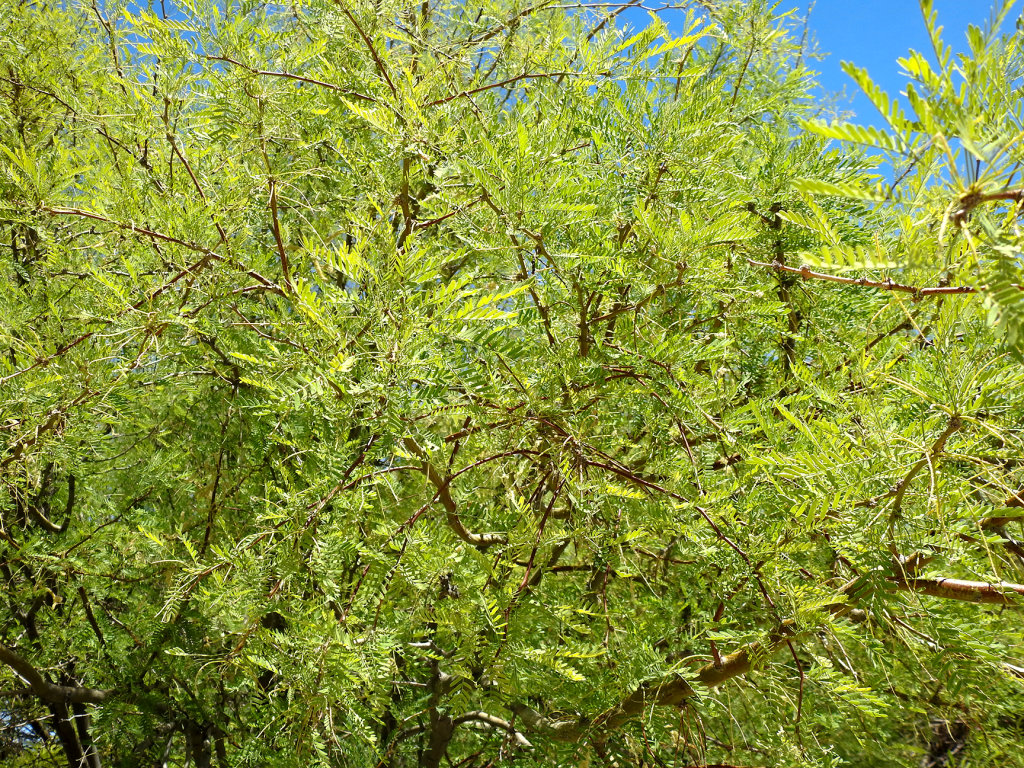From an interview with Joran Viers by Sue Brown
Joran traces his interest in plants and trees to his childhood when he spent a lot of time playing in the woods. He eventually studied botany and organic agriculture. Among other things, he has been a horticulture agent with NMSU County Extension Services and a forester with the City of Albuquerque Parks and Recreation. He is certified as both a horticulturist and an arborist and now has a consulting business.
Joran took the time to tell me about some of the pitfalls he sees when people select, plant, and care for a tree.
You need to pick out an appropriate species for where you want a tree, i.e., is there enough water and sunlight in that location for that particular species of tree to thrive? Will its mature canopy have enough space to develop?

When you are at the nursery, look for a good specimen. Joran recommends digging the soil off the top of the root ball to look at where the roots take off. Do they flare or are they balled up? Roots which wrap around can strangle a tree. Also, a healthy tree will not have dead branch tips or missing bark.
Site preparation is important, not just the width and depth of the hole but the area all around needs to be prepared. Take a pick or digging fork and loosen (not dig up) the soil so there are good channels for water and organisms to go deeper .
Mulching should be with wood chips rather than rocks. The latter add heat stress to the leaves and will not break down over time to add nutrients. Joran recommends planting your tree as if it is on a little island. The root crown should be higher than the ground around. The soil can then slope down to form a shallow basin.
But planting a tree is not going to help our community unless it is raised to maturity. In fact, if all we do is plant, let die, and replant, this type of cycle can be detrimental for our community.
Care for a tree begins with adequate water delivered where the tree needs it. In the months after planting you want irrigation to keep the root ball moist. And as the tree matures, every few years the water lines will need to be moved. A guide for putting the outer irrigation lines is to follow out from the trunk to the drip line – the line down to the ground from the tip of the tree’s outer branches. After watering, you can check if the tree is getting enough water by putting a trowel into the ground near the irrigation and see if the tip comes out with moist dirt.
Structural pruning of large shade trees needs to be done in the spring every few years to guide their growth. Suckers and cross overs are removed. Fruit trees are pruned for a weight-bearing structure, paying attention to the angle limbs come off from the trunk.
The ground around a tree continues to need breaking up with a pick or digging fork, moving out farther from the trunk each year as the tree grows. Wood mulch to 3 inches deep needs to be spread out from the tree trunk (but not touching the trunk until it has bark).
Thanks to Joran for sharing with us these tips for a more successful tree planting and for the required caring for any new tree! May we use this information to further green our region.

